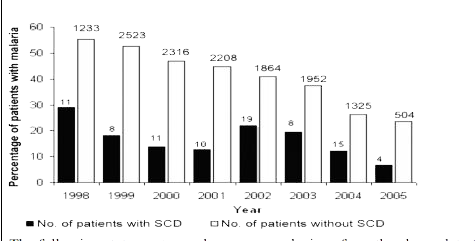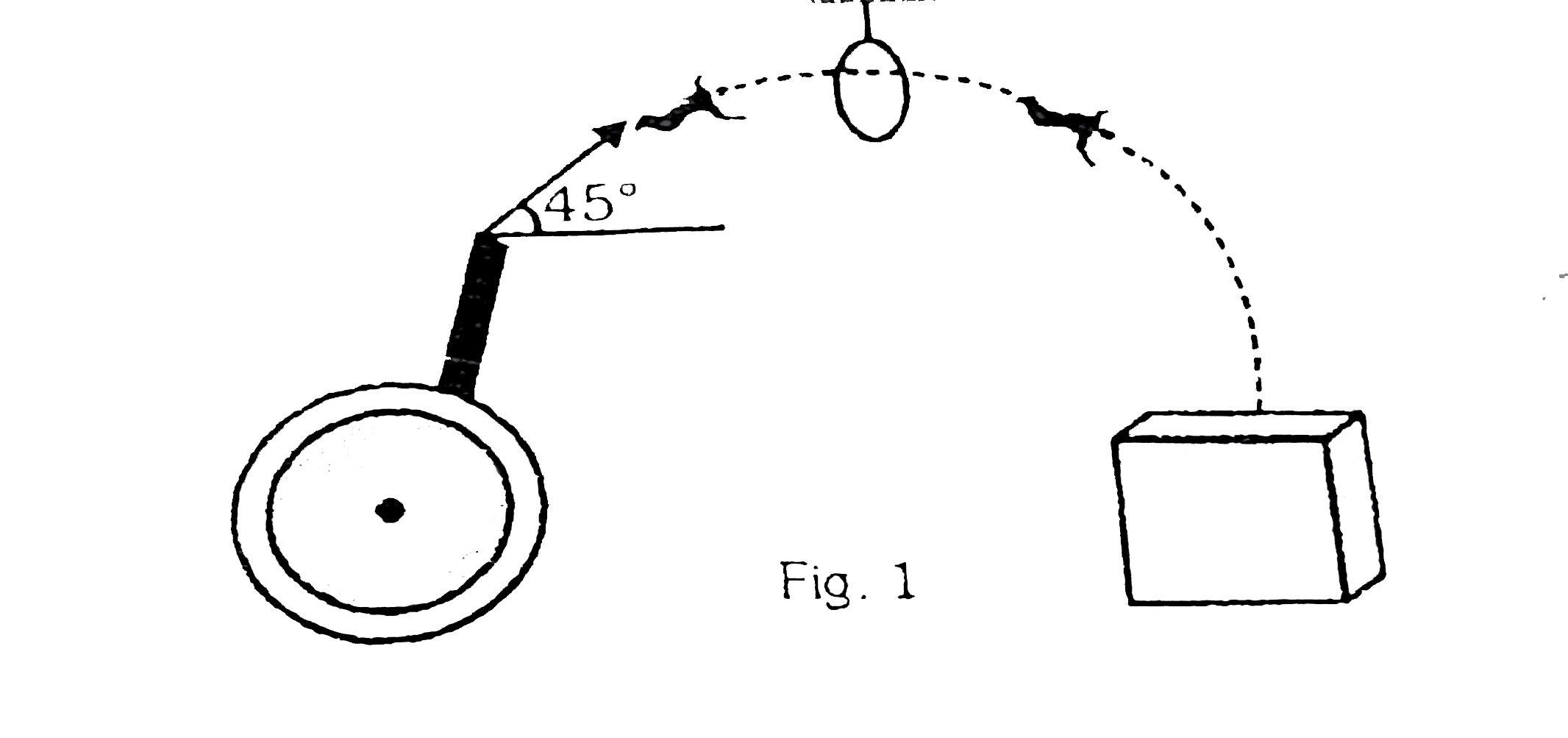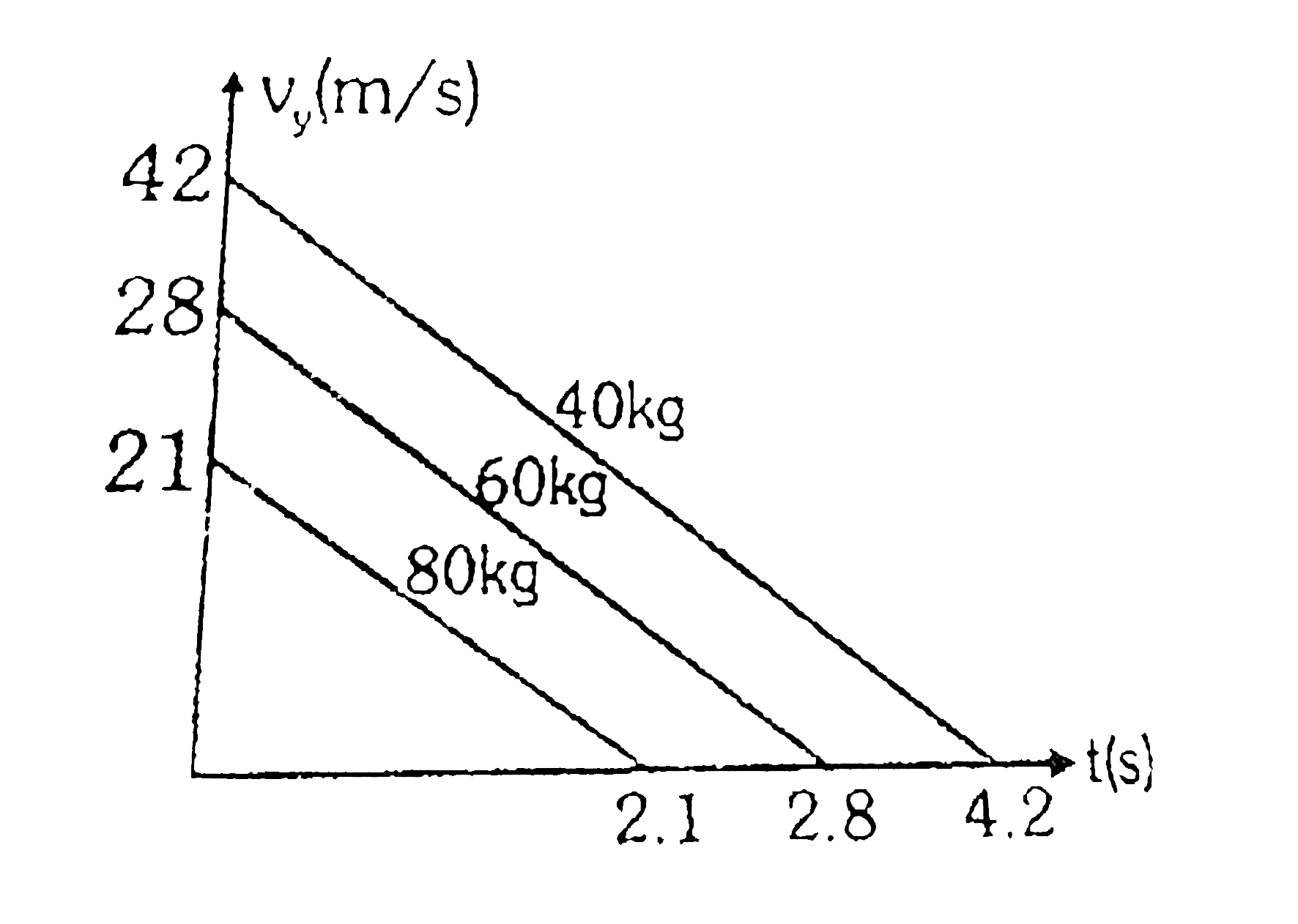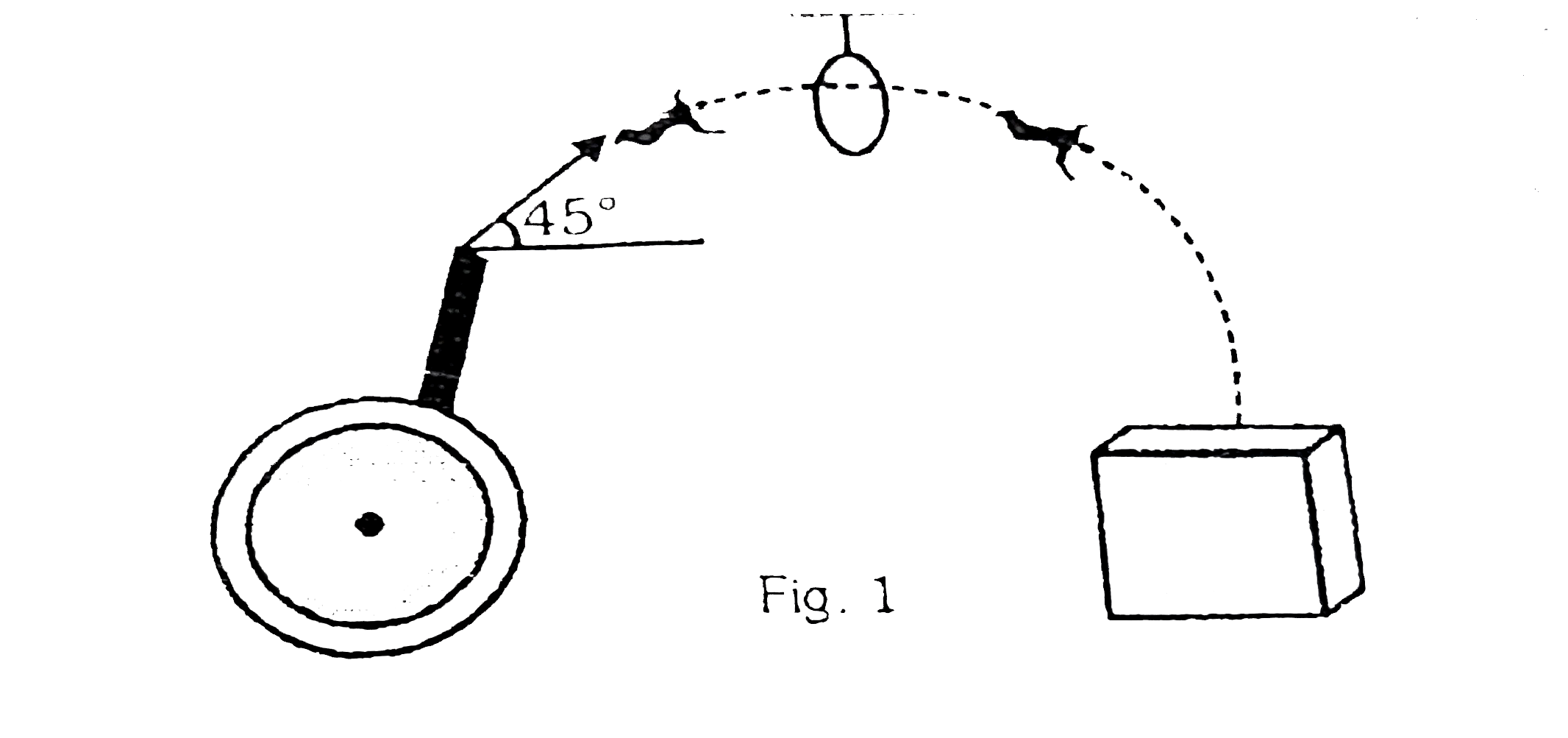I. Instead of a cell wall they have a protein rich pellicle making their body flexible
II. They have 2 flagella, a short and a long one
III. They have mixotrophic nutrition
IV. In light they are photosynthetic, but act as heterotroph (predating other smaller organism) when they are in dark.
V. They are connecting link between plants and animals.
The above statements are assigned to-
Dinoflagellates
Slime mould
Desmids and Diatoms
Euglena
The correct Answer is:D
To solve the question, we need to analyze the statements provided and identify the organism that fits all the characteristics described.
Step 1: Analyze the characteristics
- The first statement mentions a "protein-rich pellicle" instead of a cell wall, which suggests flexibility in the organism's structure.
- The second statement indicates the presence of two flagella, one short and one long, which is a characteristic of certain protists.
- The third statement describes "mixotrophic nutrition," which means the organism can obtain energy through both photosynthesis and heterotrophy.
- The fourth statement reinforces the mixotrophic nature by stating that the organism is photosynthetic in light but can also act as a heterotroph in the dark.
- The fifth statement mentions that this organism serves as a connecting link between plants and animals.
Step 2: Identify the organism
Based on the characteristics described:
- The presence of a pellicle and two flagella points towards dinoflagellates.
- Their ability to perform photosynthesis and also consume other organisms when in the dark aligns with the definition of mixotrophic nutrition.
- The fact that they are considered a connecting link between plants and animals is also a well-known characteristic of dinoflagellates.
Conclusion:
The statements provided are assigned to dinoflagellates.
---
- The first statement mentions a "protein-rich pellicle" instead of a cell wall, which suggests flexibility in the organism's structure.
- The second statement indicates the presence of two flagella, one short and one long, which is a characteristic of certain protists.
- The third statement describes "mixotrophic nutrition," which means the organism can obtain energy through both photosynthesis and heterotrophy.
- The fourth statement reinforces the mixotrophic nature by stating that the organism is photosynthetic in light but can also act as a heterotroph in the dark.
- The fifth statement mentions that this organism serves as a connecting link between plants and animals.
Based on the characteristics described:
- The presence of a pellicle and two flagella points towards dinoflagellates.
- Their ability to perform photosynthesis and also consume other organisms when in the dark aligns with the definition of mixotrophic nutrition.
- The fact that they are considered a connecting link between plants and animals is also a well-known characteristic of dinoflagellates.
The statements provided are assigned to dinoflagellates.
Similar Questions
Have you ever wondered why soliders are always lad in green ? This is to enable them to camouflaging themselves during wartime . Hiding in the jungles, their green attire blend into the surrounding trees and shrubs making it difficult for the enemies to spot them.
Long before man made use of camouflaging , insects have already adopted the tactic of disguise to escape from the clutches of their predators. By having body colour close to those of the rocks and dried leaves, they can escape from being pursued by the predators.
Butterflies and moths have developed a variety of camouflage strategies since they are quite defenceless and their predators are abundant. Possessing wings which resemble dried leaves help certain butterflies and months to hide among heaps of dried leaves when predators are around.
Fortunately, not all insects choose the art of disguise to escape from their predators, otherwise , the world would be so dull and colourless. There are insects which assimilate the bright body colours of bees and wasps to escape from being pursued by their predators. Long ago birds have already learnt to avoid brilliantly coloured wasps and bees in fear of their painful stings. Hence , over millions of years, many harmless insects have assimilated the bees and wasps by imitating their bright body colours and shapes. In this way, they appear dangerous and hence ward them off.
The beefly not only appears like the bumblebee in terms of body colour, even its hums sound similar too. The only difference is that the beefly does not have a sting and is hence harmless. The hovertly is another insect which imitates the body colours of the wasps. Their bodies are striped yellow and black. The only deviations are that hoverflies do not have stings, and they have only one pair of wings each while wasps have two pairs each. These variations are hardly noticed by the predators and hence help them to escape.
Vocabulary:
Find the words from the passage for:
(i) animal or bird that hunts other for food.
(ii) to get free from danger.
(iii) to prevent something from harming .
(iv) to make a copy.View SolutionWater and dissolved minerals get into the root hair of a plant by a process called A and enter the conducting tissue B. The C helps the water and dissolved minerals to move up through the tissue B in roots and stem, and reach the leaves of a plant. In the leaves food is made by a process D. This food is then transported to all the parts of a plant through tissue E. The process of distributing food made in the leaves to all the parts of the plant is called F.
(a) What are (i) A (ii) B (iii) C (iv) E, and (iv) F ?
(b) Which tissue is made up of living cells : B or E ?
(c) Name one substance (other than oxygen) which is transported by tissue A in the human body.
(d) Which two components of tissue A are the cells without nucleus ?
(e) Name any two organisms (animals) which do not have liquid like A in their body.View Solution
Knowledge Check
- Question 1 - Select One
The given statements describe a group of organisms.
(i) Instead of a cell wall they have a protein rich pellicible making their body flexible.
(ii) They have 2 flagella, a short and a long one.
(iii) They show mixotrophic nutrition
(iv) They are connecting link between plants and animals.
which of the following groups is referred to here?ADinoflagellatesBSlime mouldsCDesmids and diatomsDEuglenoids - Question 2 - Select One
The given statements describe a group of organisms.
(i) Instead of a cell wall they have a protein rich pellicible making their body flexible.
(ii) They have 2 flagella, a short and a long one.
(iii) They show mixotrophic nutrition
(iv) They are connecting link between plants and animals.
which of the following groups is referred to here?ADinoflagellatesBSlime mouldsCDesmids and diatomsDEuglenoids - Question 3 - Select One
Read the following statements regarding euglenoids and select the incorrect ones.
(i) These are mostly freshwater organisms found in stagnant water.
(ii) Their body is covered by a protein rich layer called pellicle which makes their body flexible.
(iii) They are photosynthetic in the presence of sunlight but become heterotrophs in the absence of sunlight.
(iv) They usually prosses two flagella, one long and one short.
(v) Euglenoids are multicellular ciliate protistsAi and vBiv and vCiii onlyDv only
Read the following statements regarding euglenoids and select the incorrect ones.
(i) These are mostly freshwater organisms found in stagnant water.
(ii) Their body is covered by a protein rich layer called pellicle which makes their body flexible.
(iii) They are photosynthetic in the presence of sunlight but become heterotrophs in the absence of sunlight.
(iv) They usually prosses tow flagella, one long and one short.
(v) Euglenoids are multicellular ciliate protistsView SolutionRead the following statements about genetically engineered plants. Select the ones that are advantageous .
I. The increased yield from genetically engineered plants allows a smaller area of land to be farmed.
II. Generally engineering plants may have improved nutritional value .
III. Some plants can be genetically modified to give resistance to diseases.
IV. There is more research needed on the long term effects of genetically engineered crops on the environment
V. The use of genetically engineered crops may explain the increase in allergies in childrenView SolutionSickle cell anemia is a genetic disorder where the body produces an abnormal hemoglobin called hemoglobin S. Red blood cells are normally flexible and round, but when the hemoglobin is defective, blood cells take on a “sickle” or crescent shape. Sickle cell anemia is caused by mutations in a gene called HBB. It is an inherited blood disorder that occurs if both the maternal and paternal copies of the HBB gene are defective. In other words, if an individual receives just one copy of the defective HBB gene, either from mother or father, then the individual has no sickle cell anemia but has what is called “sickle cell trait”. People with sickle cell trait usually do not have any symptoms or problems but they can pass the mutated gene onto their children. There are three inheritance scenarios that can lead to a child having sickle cell anemia:
- Both parents have sickle cell trait
- One parent has sickle cell anemia and the other has sickle cell trait
- Both parents have sickle cell anemia

The following statements are drawn as conclusions from the above data (Kenya).
I. Patients with SCD (Sickle Cell Disease) are less likely to be infected with malaria.
II. Patients with SCD (Sickle Cell Disease) are more likely to be infected with malaria.
III. Over the years the percentage of people infected with malaria has been decreasing.
IV. Year 2000 saw the largest percentage difference between malaria patients with and without SCD.
Choose from below the correct alternative.View SolutionA circus wishes to develop a new clown act. Fig. (1) shows a diagram of the proposed setup. A clown will be shot out of a cannot with velocity v0 at a trajectory that makes an angle θ=45∘ with the ground. At this angile, the clown will travell a maximum horizontal distance. The cannot will accelerate the clown by applying a constant force of 10,000N over a very short time of 0.24s. The height above the ground at which the clown begins his trajectory is 10m.

A large hoop is to be suspended from the celling by a massless cable at just the right place so that the clown will be able to dive through it when he reaches a maximum height above the ground. After passing through the hoop he will then continue on his trajectory until arriving at the safety net. Fig (2) shows a graph of the vertical component of the clown's velocity as a function of time between the cannon and the hoop. Since the velocity depends on the mass of the particular clown performing the act, the graph shows data for serveral different masses.

If the angle the cannot makes with the horiaontal is increased from 45∘, the hoop will have to beView SolutionA circus wishes to develop a new clown act. Fig. (1) shows a diagram of the proposed setup. A clown will be shot out of a cannot with velocity v0 at a trajectory that makes an angle θ=45∘ with the ground. At this angile, the clown will travell a maximum horizontal distance. The cannot will accelerate the clown by applying a constant force of 10,000N over a very short time of 0.24s. The height above the ground at which the clown begins his trajectory is 10m.

A large hoop is to be suspended from the celling by a massless cable at just the right place so that the clown will be able to dive through it when he reaches a maximum height above the ground. After passing through the hoop he will then continue on his trajectory until arriving at the safety net. Fig (2) shows a graph of the vertical component of the clown's velocity as a function of time between the cannon and the hoop. Since the velocity depends on the mass of the particular clown performing the act, the graph shows data for serveral different masses.

If the clown's mass is 80kg, what initial velocity v0 will have as he leaves the cannot?View Solution

